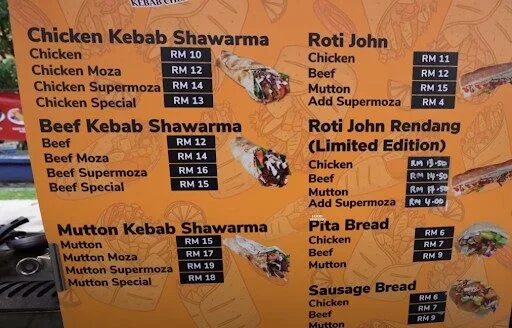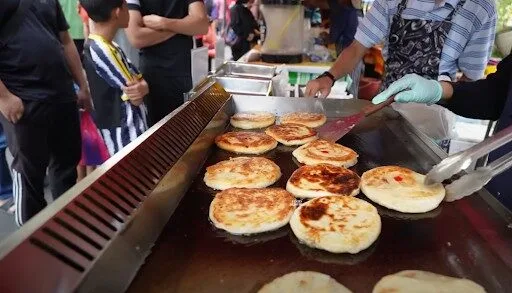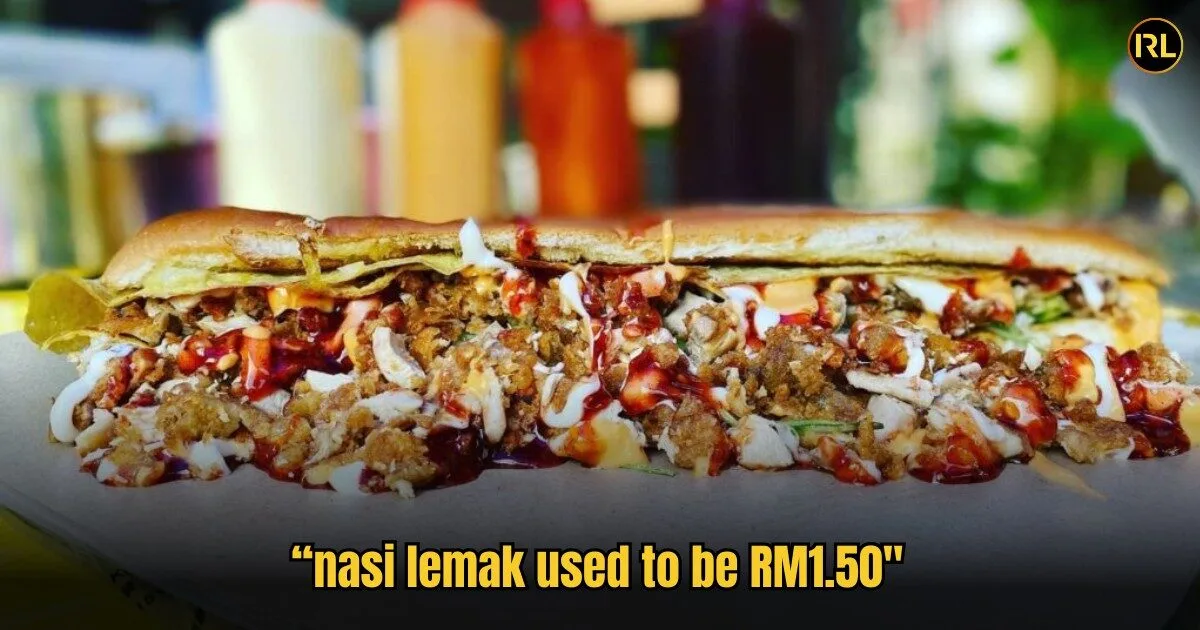Every Ramadan, Malaysians look forward to the festive bazaars selling mouthwatering dishes, from ayam percik to murtabak. But this year, it’s not the aroma of grilled satay or the sight of colorful drinks drawing the most attention—it’s the prices.
From social media rants to family WhatsApp groups, one thing is clear: Ramadan bazaar prices are skyrocketing. But are vendors really overcharging, or is there more to the story?
What Are Malaysians Saying?
The debate over food prices is happening everywhere—at home, in offices, and even among students at mamak stalls. Many complain that RM10 used to buy a full meal, but now it barely covers a few pieces of kuih. Some are stunned by RM4 for a simple teh ais limau, comparing it unfavorably to mamak prices.
If you’re in a Malaysian family WhatsApp group, chances are you’ve seen a message reminiscing about cheaper times. Some are old enough to remember when a good nasi lemak was just RM1.50, shaking their heads at how RM3 can barely get you a decent meal today.
Others joke that the bazaars now feel like an expensive food hunt rather than an affordable Ramadan tradition to bring Malaysians together.
Bazaar Food IS More Expensive Than Fast Food.

With Roti John at RM15 and air balang creeping up to RM6, some Malaysians are asking whether Ramadan bazaars are still worth it when fast food offers full meals of potentially better quality at a comparable price.
A McDonald’s cheeseburger set ranges from RM13 to RM15, a Subway 6-inch sandwich can cost RM12 to RM14 with promotions, and a KFC Snack Plate falls between RM16 and RM18.
Fast food provides standardized pricing and portions, but Ramadan bazaars offer variety, tradition, and a festive atmosphere that no drive-thru can replicate. However, the question remains—are vendors taking advantage, or are they also struggling with costs?
Bazaar Food Costs Are Higher Than You Think

Some vendors—like Suriane Abdullah, the viral 113-drink seller in Kuala Besut— make up to RM7,000 a day. But she is the exception and not the norm. The reality is that not everyone is making money at her level.
According to the Department of Statistics Malaysia (DOSM), KL-based Ramadan bazaar vendors made an average of RM69,491 in total sales last year. But profits are only 60-70% of that total which means a take home revenue of between RM41,000–RM48,000 for the entire month—and that’s before personal expenses.
Several factors drive up prices.
Stall rental fees–officially RM300–are inflated by the “Ali Baba” system where up to 40 thieves book stall spots and resell them at inflated prices of up to RM20,000 for a prime location.
Coupled with very limited business hours, potential bad weather and the financial pressures of rising food costs, this leaves bazaar vendors with no choice but to raise prices or lose money.
Whoever Wins, We Lose

Vendors and bazaar goers alike are feeling the pinch of rising prices as the affordability of a cherished tradition comes into question. If price is your only concern, then yes, fast food might be better value.
But Ramadan bazaars are about more than food: They bring people together, to celebrate tradition and keep small businesses alive and thriving. While not every price hike is justified, many vendors are truly caught in the middle.
Ultimately, the choice is yours. Would you still pay RM15 for Roti John, or is it time to rethink how we experience Ramadan? Share your opinion down in the comments.
Have a story to share?
Submit your story to ym.efillaerni@olleh and you may be featured on In Real Life Malaysia.
Read also: How Much Can You Actually Make Selling at Bazaar Ramadan? – In Real Life
More from Viral News
“I Miss My Home,” Shares M’sian Cosplayer Who Lost Everything in Putra Heights Explosion
This story is about Elizabeth Mae Hendroff, a Malaysian content creator and cosplayer whose life was turned upside down by …
“The Windows Were Shaking” Victims of the Putra Heights Gas Fire Share Their Firsthand Experiences
Residents of Putra Heights recall their narrow escape from a 30-meter high inferno that erupted from a gas leak in …
This JPJ Officer’s Sign Language Skills for Deaf Driver Has Won Praise from M’sians
A Malaysian Road Transport Department (JPJ) officer has been praised for using sign language to communicate with a deaf driver, …

















